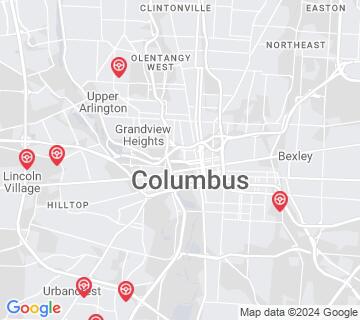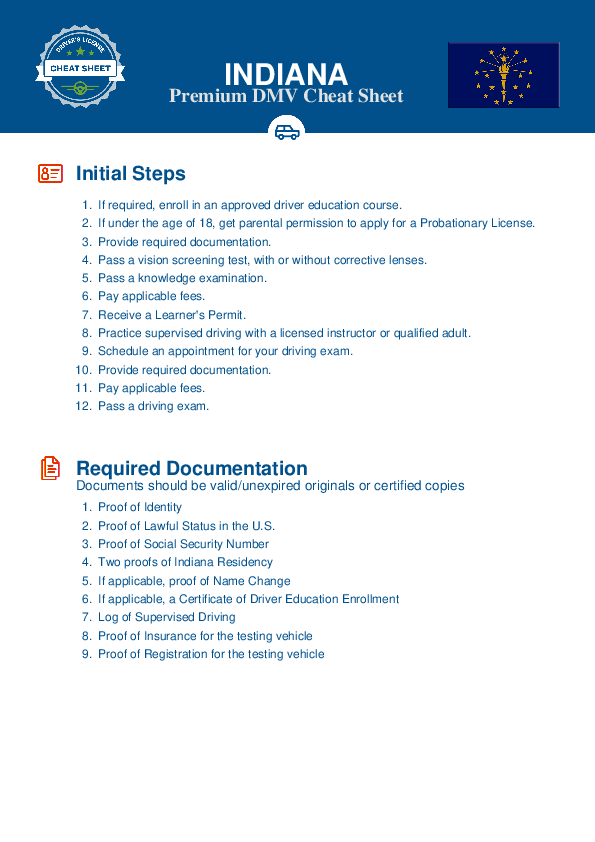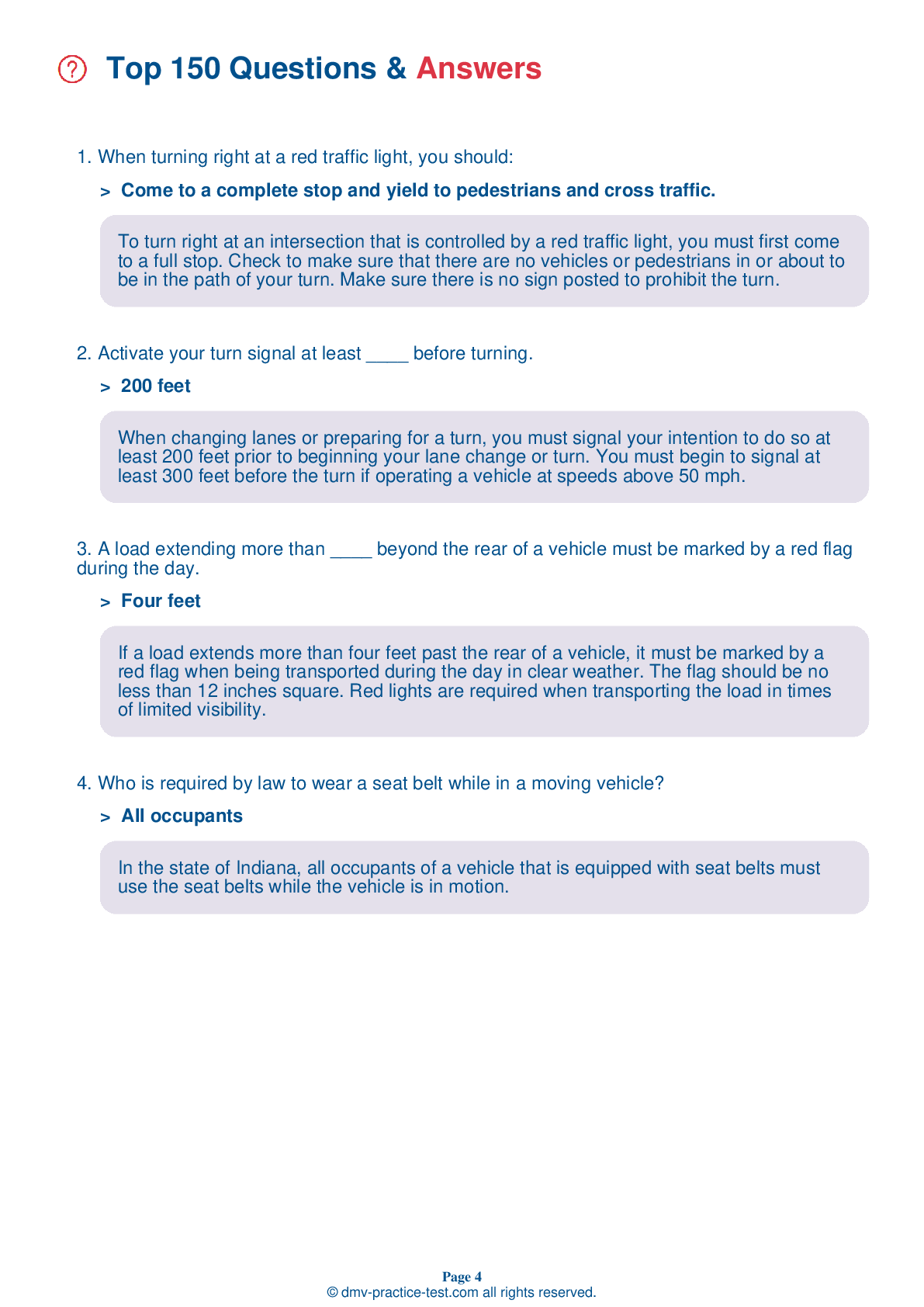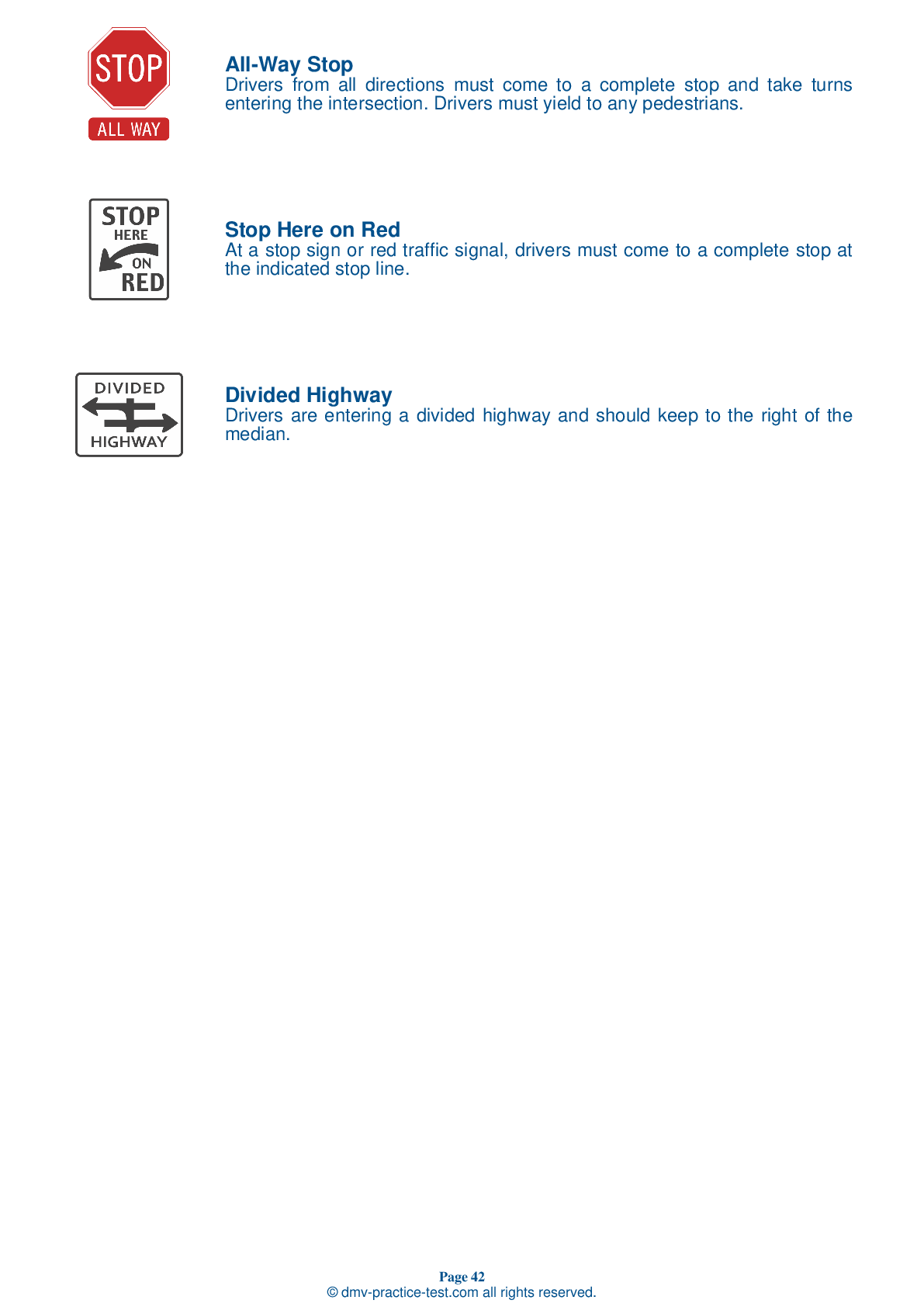FREE Indiana DMV Practical Test Page 5 of 5
This set of Indiana DMV practise tests include questions based on the Indiana Driver Handbook's most significant traffic signals and laws. Use actual questions that are very similar (often identical!) to the DMV driving permit test and driver's licence exam to study for the DMV driving permit test and driver's licence exam.
A driver's licence or learner's permit is necessary for anyone operating a motor vehicle on Indiana's public streets and roads. All applicants for an Indiana driver's licence or learner's permit must pass a vision screening test. The information about the IN BMV written test comes from the Indiana Driver's Manual. You must be able to read and understand regulation, warning, and traffic signs and signals, as well as demonstrate a basic awareness of Indiana road rules, traffic laws, and safe driving practises in order to pass the knowledge test.
There are 50 questions in the BMV written exam. You are permitted to miss 2 of the 16 questions about traffic signs and 6 of the 34 questions about road laws in order to pass the test.
Using any kind of testing assistance will result in an automatic fail, and the DMV may take additional action against your driver's licence, so stay away from it.
39 . You must yield to other drivers:
You must yield to other drivers when entering a street from an alley, driveway, or garage. You must also yield to pedestrians who are on an intersecting sidewalk.
40 . Your first response to reduced visibility should be:
Reducing your speed should be your first response to decreased visibility and dangerous road conditions.
41 . This sign means:

Warning signs prepare drivers for upcoming road conditions and hazards and are usually yellow with black markings. This sign tells drivers that there is an upcoming stop sign and that they should prepare to come to a complete stop before proceeding.
42 . This sign means:

Warning signs prepare drivers for upcoming road conditions and hazards and are usually yellow with black markings. This sign alerts drivers to potential traffic merging from the right. Drivers should prepare to allow the traffic to merge safely.
43 . Always signal when:
Always use the proper turn signal when changing lanes, pulling into or out of a parking space, or pulling into traffic from an alley or parking area. Communicate with other drivers on the road to help prevent accidents.
44 . On long trips, you can prevent drowsiness by:
To prevent drowsiness on long trips, you should schedule regular stops. Give yourself time to rest and stretch, even if you are not feeling tired.
45 . Which of the following statements about railroad crossings is true?
You must stop at a railroad crossing when directed to do so by a flagger, stop sign, or warning devices, such as gates or flashing lights. Not all railroad crossings are equipped with such devices. It is against the law to drive around lowered railroad crossing gates.
46 . This sign means:

Regulation signs regulate traffic speed and movement, displaying rules which drivers must obey. This sign tells drivers the direction in which they must drive when turning onto a one-way street.
47 . Roads freeze quickly when they are:
In cold or wet weather, you should take special care on sections of road that are shaded by trees or buildings. These areas freeze more quickly than the rest of the road and are the last parts of the road to dry.
48 . This sign means:





